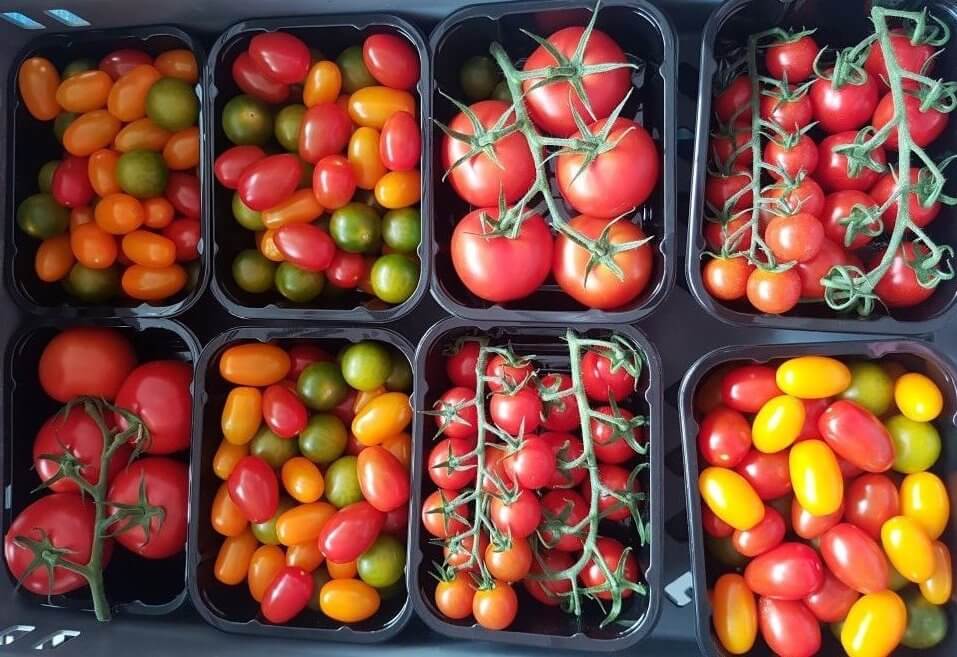Tomatoes, one of the most beloved ingredients in global cuisine, have a rich and intriguing history that spans continents and centuries. From their beginnings in ancient South America to their current status as a kitchen staple worldwide, the journey of the tomato is a fascinating tale of exploration, culinary evolution, and cultural exchange. Let’s dive into the origins of this versatile fruit and discover how it became a favourite in kitchens around the world.
Ancient Beginnings in South America
The story of the tomato begins in the rugged landscapes of the Andes mountains in South America, where wild tomatoes grew thousands of years ago. These small, berry-like fruits were first domesticated by the ancient peoples of present-day Peru and Ecuador. The Incas and Aztecs played a significant role in cultivating tomatoes, recognising their potential as a valuable food source.
In the Aztec empire, which thrived in what is now Mexico, tomatoes were integral to their diet and culture. The Aztecs called the fruit “xitomatl,” which translates to “plump thing with a naval.” They combined tomatoes with other indigenous ingredients such as chili peppers and squash, creating dishes that laid the foundation for many modern Mexican recipes.
Introduction to Europe
The arrival of tomatoes in Europe is credited to the Spanish explorers who ventured to the Americas in the 16th century. Hernán Cortés, after conquering the Aztec capital of Tenochtitlán (modern-day Mexico City) in 1521, brought tomato seeds back to Spain. Initially, Europeans were sceptical of the new fruit, often growing tomatoes as ornamental plants rather than for culinary use. The bright, colourful fruits were admired for their beauty but feared for their supposed toxicity.
However, it wasn’t long before tomatoes found their way into European kitchens, particularly in Spain and Italy. The Italians, in particular, embraced tomatoes with open arms, incorporating them into their rich culinary tradition. By the late 17th century, tomatoes were a common ingredient in Italian dishes, including the earliest versions of pasta sauces and pizzas.
The Spread to the Rest of the World
Tomatoes gradually made their way to other parts of Europe, and eventually to Asia and North America. Each region adapted the fruit to their culinary traditions, leading to a diverse array of tomato-based dishes worldwide. In the United States, Thomas Jefferson, a noted horticulturist, was among the first to grow tomatoes in the late 18th century, helping to popularise them.
In the 19th century, the Industrial Revolution and advancements in agriculture led to the widespread cultivation and commercialisation of tomatoes. Canned tomatoes and tomato-based products like ketchup became household staples, further cementing the tomato’s place in global cuisine.
Modern Day Tomatoes
Today, tomatoes are one of the most widely grown and consumed fruits in the world. They are cultivated in various climates, from greenhouses in colder regions to vast fields in warmer areas. The development of numerous varieties has allowed for a wide range of flavours, colours, and uses, from sweet cherry tomatoes to robust beefsteaks.
The nutritional value of tomatoes, rich in vitamins A and C, potassium, and the powerful antioxidant lycopene, has also contributed to their popularity. Tomatoes are celebrated not only for their culinary versatility but also for their health benefits.
The journey of the tomato from ancient South America to global kitchens is a testament to the fruit’s adaptability and appeal. Its integration into diverse culinary traditions worldwide has made it a staple ingredient that continues to inspire chefs and home cooks alike. Whether enjoyed fresh in a salad, simmered into a rich sauce, or baked atop a pizza, the tomato remains a beloved component of our meals, with a history as rich and colourful as its flavour.







